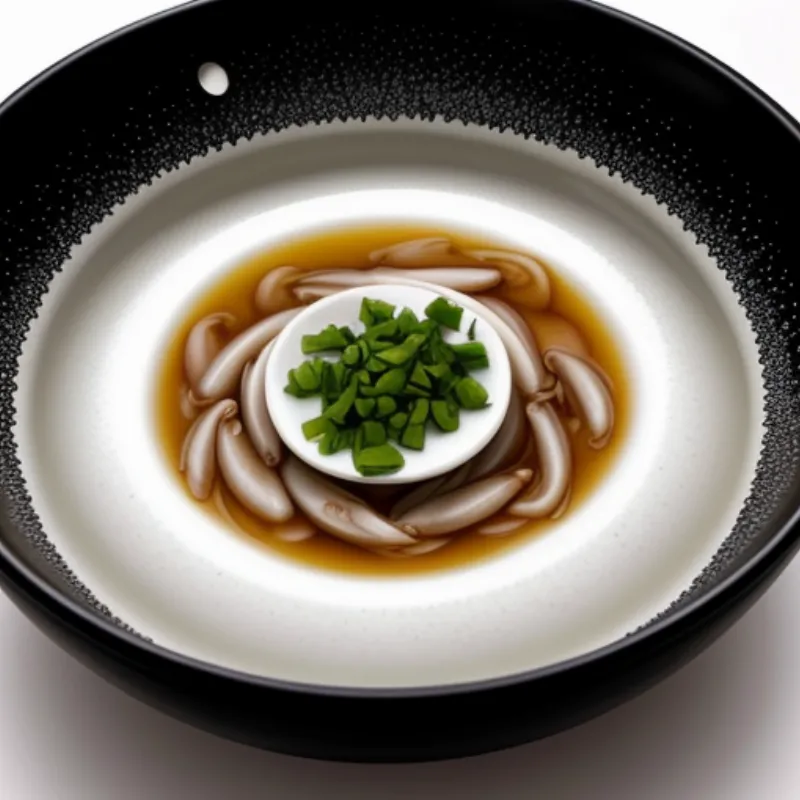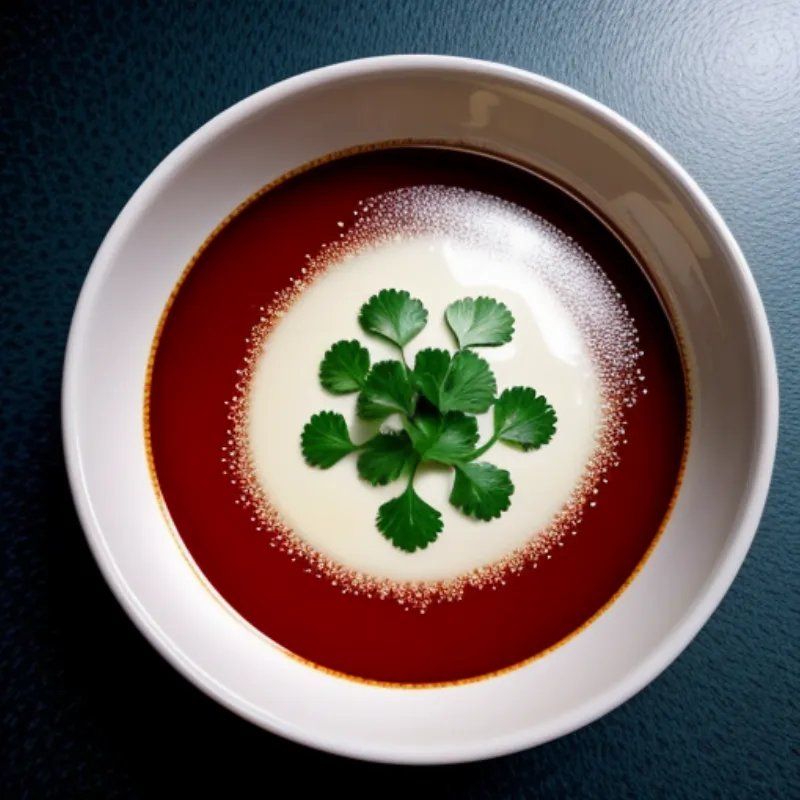Budu, a pungent and savory fermented fish sauce, is a staple in Southeast Asian cuisine, particularly in Malaysia. Its deep umami flavor adds a unique dimension to dishes, elevating them with a taste of the sea. If you’re an adventurous foodie looking to explore new culinary horizons, making your own budu at home is an exciting and rewarding experience.
This comprehensive guide will walk you through the process step-by-step, ensuring you feel confident and ready to embark on this flavorful journey. Get ready to unlock the secrets of this ancient condiment and impress your taste buds with the authentic taste of homemade budu.
What is Budu?
Budu is a traditional fish sauce originating from the Kelantan and Terengganu states of Malaysia. It’s made from fermented anchovies or other small fish, salt, and sometimes palm sugar, resulting in a thin, amber-colored liquid with an intense savory and slightly fishy aroma.
The fermentation process develops a complex flavor profile, adding layers of umami richness to dishes. Budu is often used as a condiment, a base for dipping sauces, or an ingredient in stir-fries, curries, and stews, lending its distinctive taste to a wide range of Malaysian delicacies.
Why Make Your Own Budu?
While commercially produced budu is readily available, crafting your own at home allows you to control the quality of ingredients and tailor the flavor to your preference.
“Making your own fermented sauces like budu is a rewarding experience,” says Chef Azlin Bloor, author of “The Malaysian Kitchen.” “It connects you with traditional culinary practices and allows you to appreciate the depth of flavor that comes with time and patience.”
Ready to embark on this culinary adventure? Let’s gather our ingredients and begin.
Ingredients You’ll Need:
Main Ingredients:
- 2 pounds (900g) fresh anchovies or other small fish, cleaned and gutted
- 1 cup (300g) coarse sea salt
Optional Ingredients:
- 1/4 cup (50g) palm sugar (for a slightly sweeter flavor)
 Fresh Anchovies in a Bowl
Fresh Anchovies in a Bowl
Equipment You’ll Need:
- Large glass jar (at least 2 quarts/liters in capacity)
- Cheesecloth or muslin cloth
- Rubber band or string
- Weight (such as a plate or a jar filled with water)
Step-by-Step Instructions:
- Prepare the Fish: Rinse the cleaned anchovies thoroughly under cold water. Pat them dry with paper towels.
- Layer and Salt: In the large glass jar, start layering the anchovies and salt. Sprinkle a generous layer of salt at the bottom, followed by a layer of anchovies. Repeat the layering process until all the fish and salt are used, ensuring the top layer is salt.
- Optional Sweetener: If using palm sugar, sprinkle it evenly over the top salt layer.
- Seal and Ferment: Cover the jar opening tightly with cheesecloth or muslin cloth, securing it with a rubber band or string. This allows for air circulation while preventing insects from entering.
- Weigh it Down: Place the jar in a cool, dark place, away from direct sunlight. Put a weight on top of the cheesecloth to press down the fish and encourage the release of their juices.
- Fermentation Time: Allow the mixture to ferment for at least 6 months, and up to a year. The longer it ferments, the richer and more intense the flavor will become.
- Check and Stir: Every few weeks, check the budu and gently stir it with a clean spoon. As the fish ferment, they will release liquid and the mixture will reduce in volume.
- Strain and Bottle: After the desired fermentation time, strain the budu through a fine-mesh sieve or cheesecloth into a clean bowl or jar. Discard the solids.
- Bottling and Storage: Pour the strained budu into sterilized glass bottles, leaving some headspace at the top. Seal tightly and store in a cool, dark place.
 Budu Fermenting in a Jar
Budu Fermenting in a Jar
FAQs about Making Budu:
Q: Can I use a different type of fish?
A: While anchovies are traditionally used, you can experiment with other small fish like sardines or mackerel. Keep in mind that the flavor profile may vary slightly.
Q: How do I know if my budu is ready?
A: The budu is ready when it has a strong, pungent aroma and a thin, sauce-like consistency. The color should be a deep amber.
Q: What is the shelf life of homemade budu?
A: Properly stored, homemade budu can last for several months to a year in a cool, dark place. Refrigerate after opening for optimal freshness.
Tips and Tricks:
- For a milder flavor, you can remove the fish intestines before fermentation.
- To enhance the flavor, add ingredients like sliced chilies, garlic, or ginger during the fermentation process.
- Taste the budu periodically during the fermentation process and adjust the salt or sugar levels to your liking.
Delicious Ways to Enjoy Budu:
Now that you have your homemade budu, here are some inspiring ways to incorporate it into your culinary creations:
- Dipping Sauce: Combine budu with lime juice, chilies, and garlic for a pungent and flavorful dipping sauce for fresh vegetables, grilled seafood, or fried snacks.
- Flavor Enhancer: Add a splash of budu to stir-fries, curries, or stews to impart a rich umami depth.
- Marinade: Marinate chicken, pork, or beef in a mixture of budu, soy sauce, and spices for a flavorful and tenderizing treatment.
 Budu Dipping Sauce in a Small Bowl
Budu Dipping Sauce in a Small Bowl
Conclusion:
Making your own budu is a culinary adventure that allows you to experience the true essence of this traditional condiment. While it requires time and patience, the reward is a flavorful and versatile sauce that will elevate your dishes with an authentic taste of Southeast Asia. So gather your ingredients, follow these steps, and embark on the rewarding journey of making your own homemade budu. Don’t forget to share your experiences and recipe variations in the comments below!
